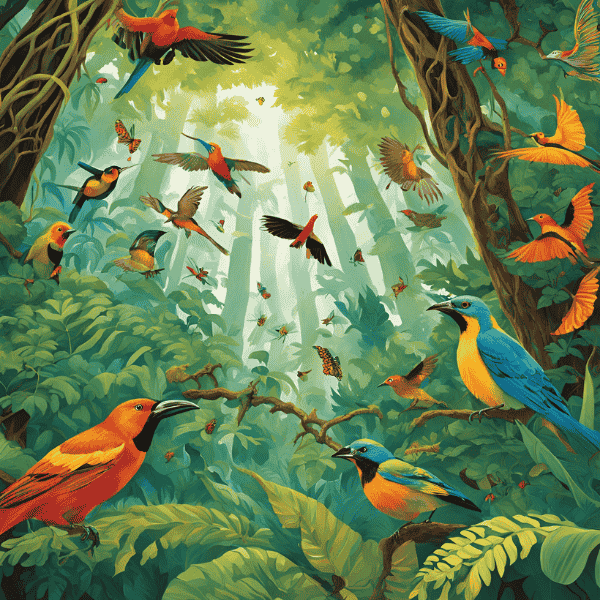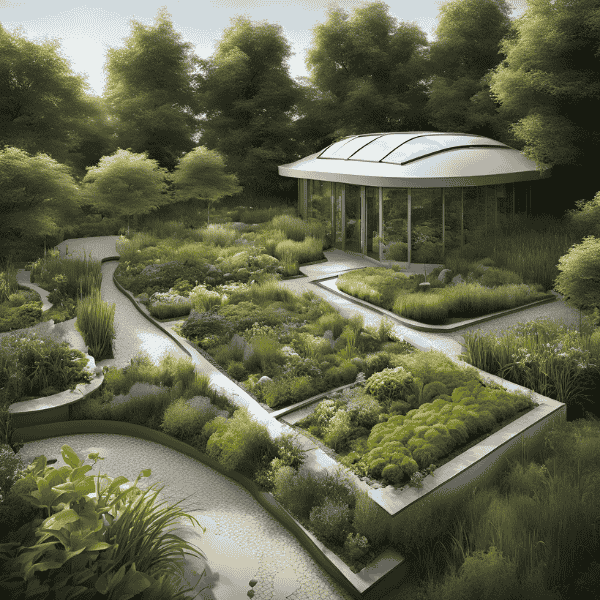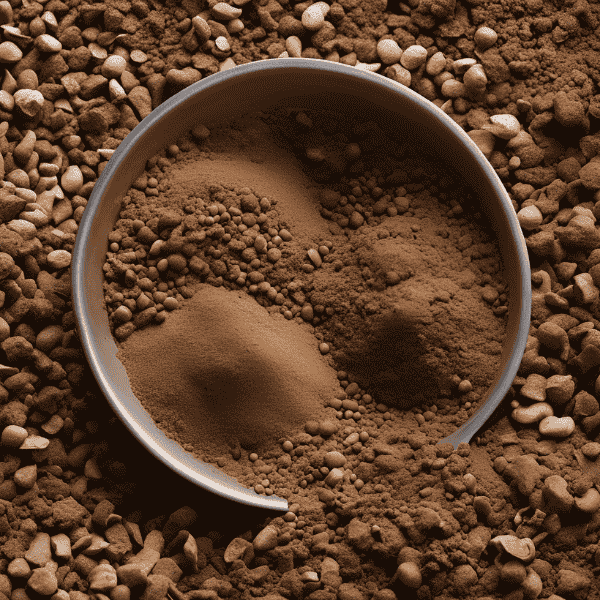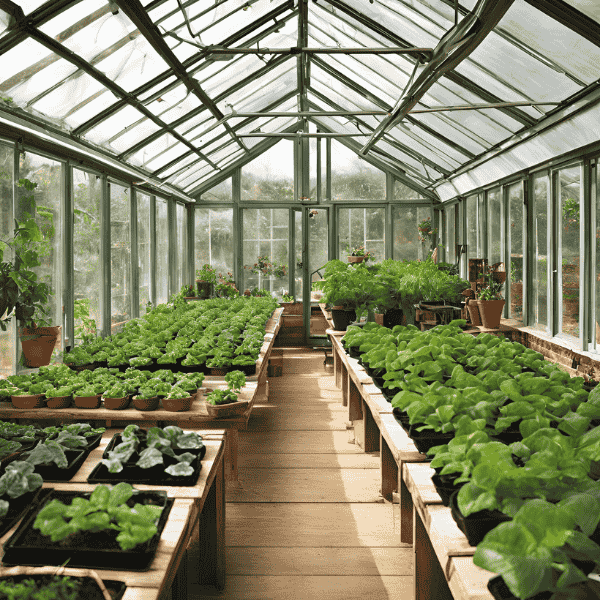Native Plant Selection and Biodiversity: How Choosing Local Species Benefits Your Garden and the Environment

If you’re looking to make your garden more eco-friendly while supporting local wildlife, choosing native plants is a fantastic place to start. Native plants are those species that naturally occur in your region and have evolved to thrive in your local climate, soil, and conditions. When you plant them, you’re not just adding beauty to your garden—you’re also helping create a more balanced ecosystem. Let’s take a closer look at how selecting native plants can benefit your garden, the local wildlife, and the environment as a whole.
Why Choose Native Plants?
You might be wondering, why native plants over any other? Well, there are several reasons why native species are an excellent choice for your garden, especially if you’re looking to support local biodiversity and create a low-maintenance, eco-friendly space.Supporting Local Wildlife
One of the most powerful reasons to plant native species is that they support local wildlife. Native plants provide food, shelter, and habitat for a wide variety of birds, insects, and other animals that are adapted to your area. For example, native flowering plants like coneflowers or milkweed attract pollinators such as bees, butterflies, and hummingbirds. These creatures are essential for pollination, which helps plants reproduce, and many native species rely on these interactions to thrive. In addition to pollinators, native plants also provide homes and food for animals that depend on them. For example, certain native shrubs offer berries for birds, while native trees may provide nesting sites for squirrels or other small animals. By planting native species, you’re fostering a healthy, diverse ecosystem in your garden that supports local wildlife.Reducing Water and Maintenance Needs
Native plants are perfectly suited to your local climate, which means they need less water and maintenance compared to non-native species. Since they’ve evolved in your region, they are naturally adapted to the amount of rainfall and the type of soil found in your area. This means that native plants are drought-tolerant and don’t require as much irrigation once established. In contrast, non-native plants often require extra water, fertilizers, and care to thrive, particularly in regions with harsh climates. By choosing native species, you can reduce your garden’s water consumption, which is especially important in areas prone to drought. Plus, since native plants are accustomed to local pests and diseases, they typically require fewer pesticides and fertilizers, making them easier to care for in the long run.Creating a Balanced Ecosystem
When you plant native species, you’re helping to restore and maintain the natural balance of the ecosystem. Non-native plants, especially invasive species, can outcompete native plants for resources, such as sunlight and water, which can disrupt the local ecosystem. These invaders can also alter the food chain and make it harder for local wildlife to find food and shelter. By selecting native plants, you’re helping to restore this balance. Native plants provide the right habitat and food sources for local wildlife, from insects to mammals. They also help to maintain the soil’s health and structure by stabilizing the soil with their roots and preventing erosion. Over time, a garden filled with native plants can become a mini wildlife sanctuary, contributing to the preservation of local biodiversity.Easy to Grow, Low Maintenance
Native plants are typically easier to grow and maintain because they’re already adapted to the environment. They don’t need constant attention, special fertilizers, or excessive watering. Once established, many native plants are incredibly hardy and can withstand various weather conditions. Plus, they tend to have deep root systems, which help them access water and nutrients from the soil, reducing the need for extra care. Another great thing about native plants is that they often have fewer pests and diseases compared to non-native species. Since they’ve evolved in the region, they’ve developed natural defenses against the common pests in the area, making them a low-maintenance choice for gardeners.How to Start Planting Native Species
Now that you know the benefits, you may be wondering how to get started with planting native species. Here are a few tips to help you:- Do Your Research: The first step is to learn about the native plants that thrive in your area. Research the plants that are native to your region by consulting local gardening centers, botanical gardens, or online resources. Native plant societies and local extension services are also great sources of information.
- Choose the Right Plants for Your Space: Not all native plants are created equal. Consider the size of your garden, the soil type, sun exposure, and the kind of wildlife you want to attract. Some native plants thrive in full sun, while others prefer shade or wet areas.
- Start Small: If you’re new to native plants, start by incorporating a few into your garden and gradually expand. This allows you to learn how to care for them and see how they interact with your local ecosystem.
- Create a Diverse Landscape: Just like natural ecosystems, a variety of plants will make your garden more resilient. Mix flowering plants, shrubs, grasses, and trees to provide food and shelter for a wide range of wildlife.
- Be Patient: Native plants may take a little longer to establish than non-native species, but once they’re settled in, they’ll reward you with vibrant growth and less work.



